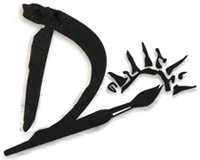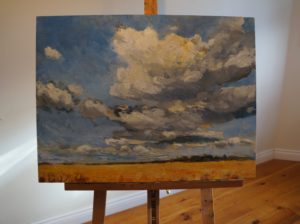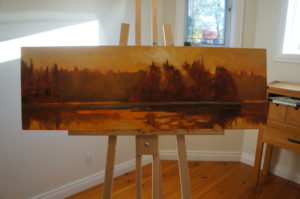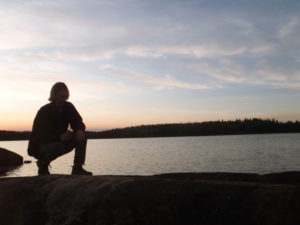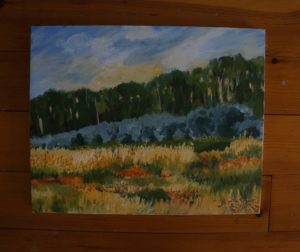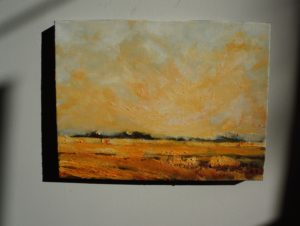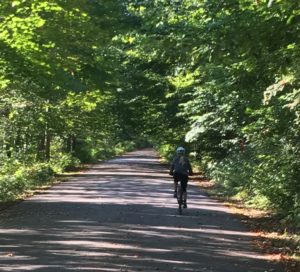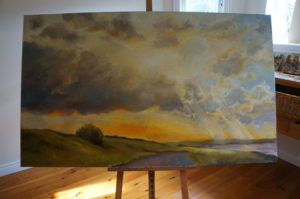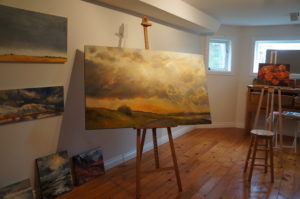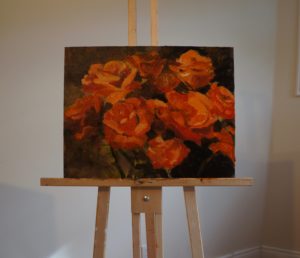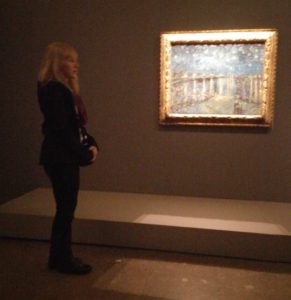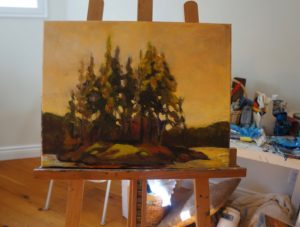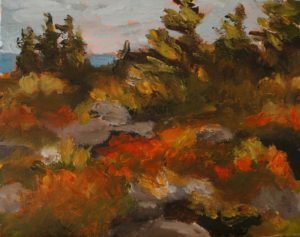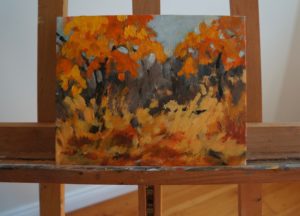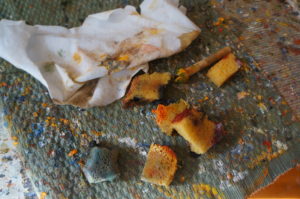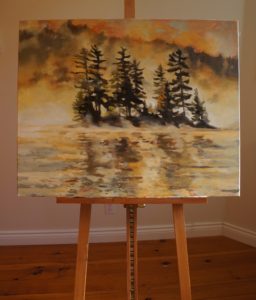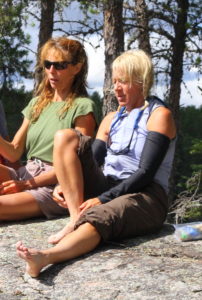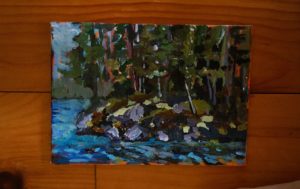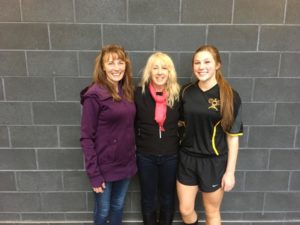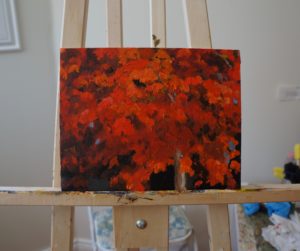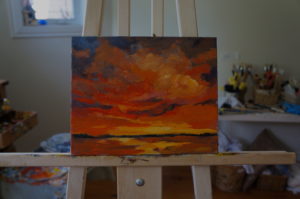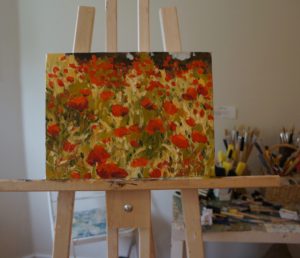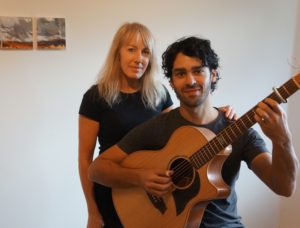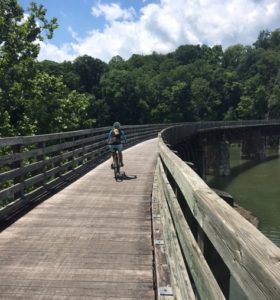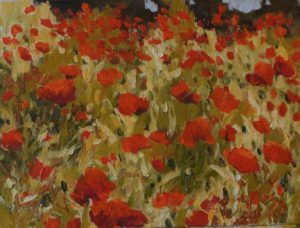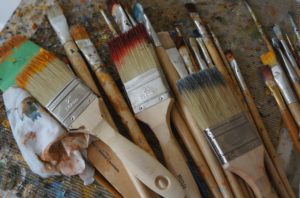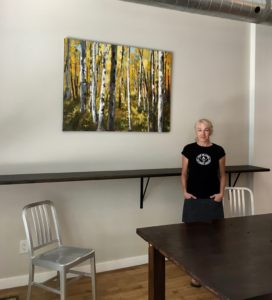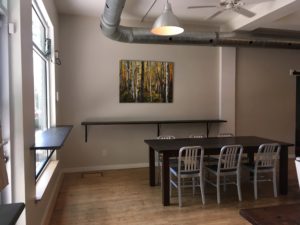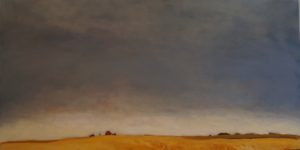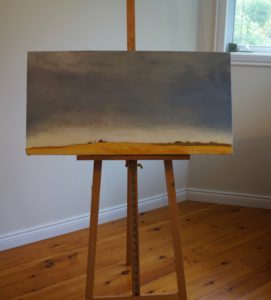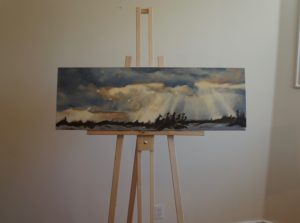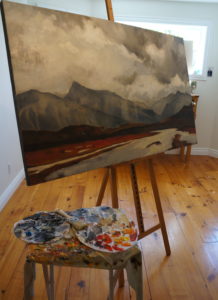One of the biggest myths states art process is very linear, suggesting the act of art, is simply: Application of natural talent & observation.
In other words, we simply create what we see.
Basing artistic ability on genetics and visual capability is, well, a bit of baloney.
Science states natural genius is rare. In fact, the act of creating is evolved proficiency. Similar to an athlete, artists practice dexterity and coordination. Observation skills grow with cognitive training. These skills develop over time. We become familiar with our tools and mediums, learning their limits while pushing our own.
Emotional connection fuels inspiration’s spark and choice of subject matter.
The source of connection may surprise you. It may be a strong desire to communicate world issues, or a love of turtles. While there is a lifetime of study in a single woodland violet, those driven by actual technique will paint any subject “I love to push paint.” Others state, “I am most connected to the north shore and paint only this region.”
Influences can change an artist’s style dramatically. Tom Thomson’s work blossomed to iconic brilliance when he met and began painting with mentors in the Group of Seven.
Each artist is unique how they process information and what motivates them. How their personal history & environment influence their work can vary enormously.It’s fascinating to hear these stories of inspiration and challenge, of struggle and growth, woven with mysterious thread of what keeps them on course.
That’s the gift, the rich diverse beauty of those who walk the path of a life in art.
~
Shown above: New “Blue Skies” 18×24 oil on birch board and Sunrise in progress – 12 x36 oil on canvas. All work is available for purchase – email dawn@dawnbanning.com
Note: Growth can occur assisting others to connect with their personal creative spark. I am offering private lessons for the first time! Beginners landscape painting will give you a foundation to venture in either direction of realism or impressionism. Hosted in my private studio, in choice of acrylic or oil. Email me for details. dawn@dawnbanning.com
